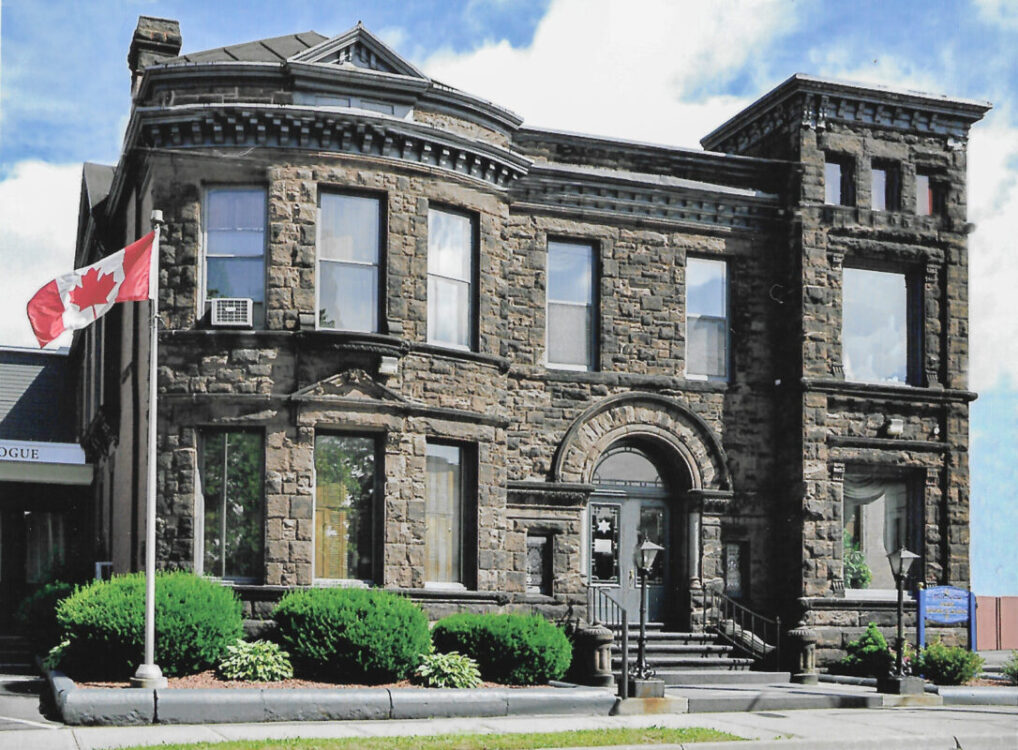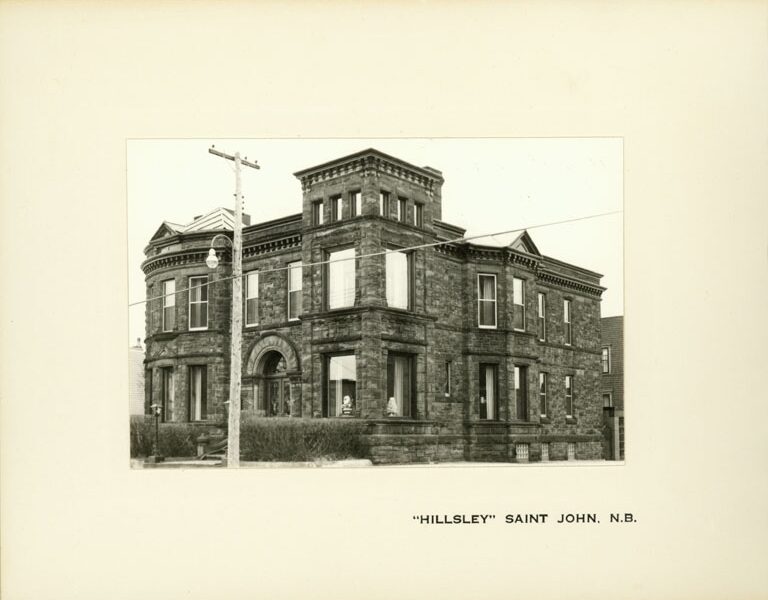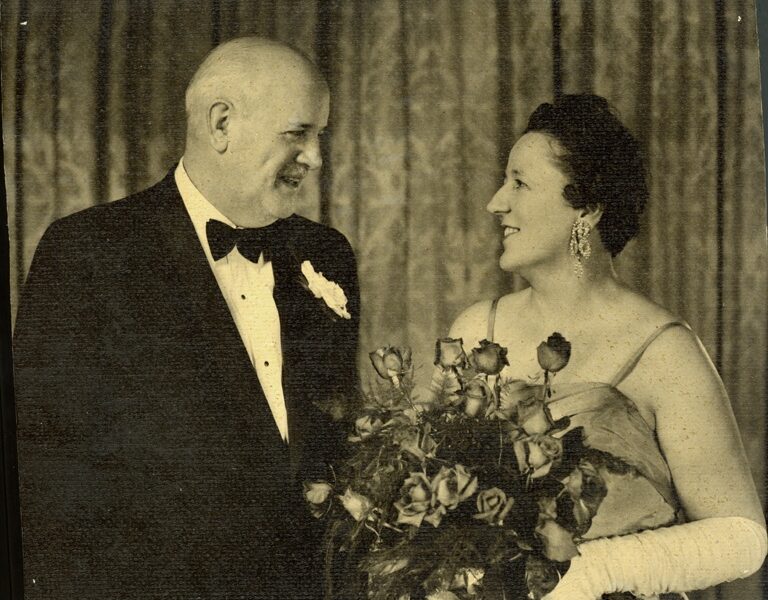
שָׁלוֹם

Welcome to the Saint John Jewish Historical Museum
Since our Museum was founded by the late Marcia Koven in 1986, it has told the story of the Jewish people who migrated to and settled in Saint John as early as 1785 and continue to the present day.
Over the years, thousands of visitors, from all parts of the world, have come to the Museum to hear our stories, both historical and current.
As the only Jewish Museum east of Montreal, our Museum is located in the same building as our synagogue, Congregation Shaarei Zedek. The Museum is open from May through to the end of October each year. Group and private tours are offered throughout the year by appointment.
Our Museum showcases Jewish life in Saint John, provides outreach kits for schools and community groups and presents a Jewish film festival now in its 12th year. There is also a research library and archives as well as a small gift shop. East year, we offer a Holocaust Study Group to high school students.
Take a guided tour with one of our summer students or dedicated volunteers or wander around on your own to learn about our history and involvement in the community.
Although we may be a small Museum, we are very welcoming and have a big heart!
Lorie Cohen Hackett
President
Saint John Jewish Historical Museum


Image by Lloyd Goldsmith
The mandate of the Saint John Jewish Historical Museum
The mandate of the Saint John Jewish Historical Museum is to collect, conserve, and display documents, photographs and artifacts related to the history of the Saint John Jewish Community and to research aspects of the community’s history and its people. The Museum opens for visitors from mid-May to early November with guided tours for individuals, families and groups, with tours available by appointment for the remainder of the year. Visitors come from the local area, across Canada, the United States and from other countries. Typically, many arrive in Saint John via cruise ship, with most arriving from late August to early November. The Museum includes an archive and a library which are available to the public for research. A number of public events are held through the year including a commemoration of the Holocaust, Hanukkah menorah lighting, an annual six-day Jewish film festival and educational programs for schools, including educational resource kits, Holocaust education and classroom tours or visits.
HISTORY OF HILLSLEY 91 LEINSTER STREET
“Hillsley” was built by Charles Peters, a prominent city merchant, as a wedding gift to his wife Fanny. Construction was started in 1897 and completed in 1905. The architect was Harry H. Mott, father of the late H. Claire Mott.
The exterior of this Victorian house is a combination of sandstone and red brick. Small marble pillars flank the entrance. The carving in the entire home was done by local craftsman, John Howe. There are mantelpieces and fireplaces in every room made of many different woods.
The high ceiling and walls of the large reception and entrance hall were done in light oak, as were the newel posts, banister, stairway and arches in all the halls. Of interest over the mantle in the reception hall are two windows bearing the crest and motto of the Peters family. Huge matching doors closed off the drawing room and dining-room. Most rooms, including the entrance have parquet oak floors.
Charles Peters died in 1932 and his wife Fanny remained in the home until 1942.


In 1942, “Hillsley”, was purchased by Senator Clarence V. Emerson for his wife Frances Job. The house was sold by private bidding and included the furnishings in the house. Although Senator Emerson was the highest bidder, he had to pay three thousand more than his bid to acquire it. Howe Cowan was the lawyer for Miss Godsoe of Hampton, who had inherited “Hillsley” from her aunt Fanny Peters.
The New York Tiffany style green floor lamp stands in the front corner window and has become a landmark in Saint John. The sale of the house almost fell through on the matter of including the lamp in the sale. An additional $25.00 was offered for the lamp and the sale was completed.
Many people have wondered about the “Wedgewood Room”. Frances Emerson, had the idea after seeing a “Wedgewood Room” in the Parliament Buildings in Ottawa, which was used as a private dining room. Admiring the beautiful colour and carved fireplace, she immediately decided that “Hillsley” should have such a room. She also noted that the drawing room in Saint John had a much more beautiful mantle and fireplace. A child’s paintbrush had to be used to work in the white combination on the carved part of both mantle and fireplace. The room was created in 1958.
Senator Emerson died in 1963 and his widow sold the home the following year. “Hillsley” then became the Castle Funeral Home (later Cavanaugh Funeral Home) and held services for all faiths, including the Jewish community. An addition to accommodate a chapel and offices for the funeral home was added to the building. In 2008 the building ceased to operate as a funeral home and the building was sold to the Jewish congregation of Saint John in September 2008.
The funeral chapel has been renovated and furnished with the bimah furnishings and seats from the former Shaarei Zedek Synagogue building on Carleton Street. The remainder of the main floor accommodates the Saint John Jewish Historical Museum. The upper floor of the building is used by the congregation for reception rooms, kitchens and storage. Space has also been created for the Museum’s archives and library which are available to visitors by appointment.


